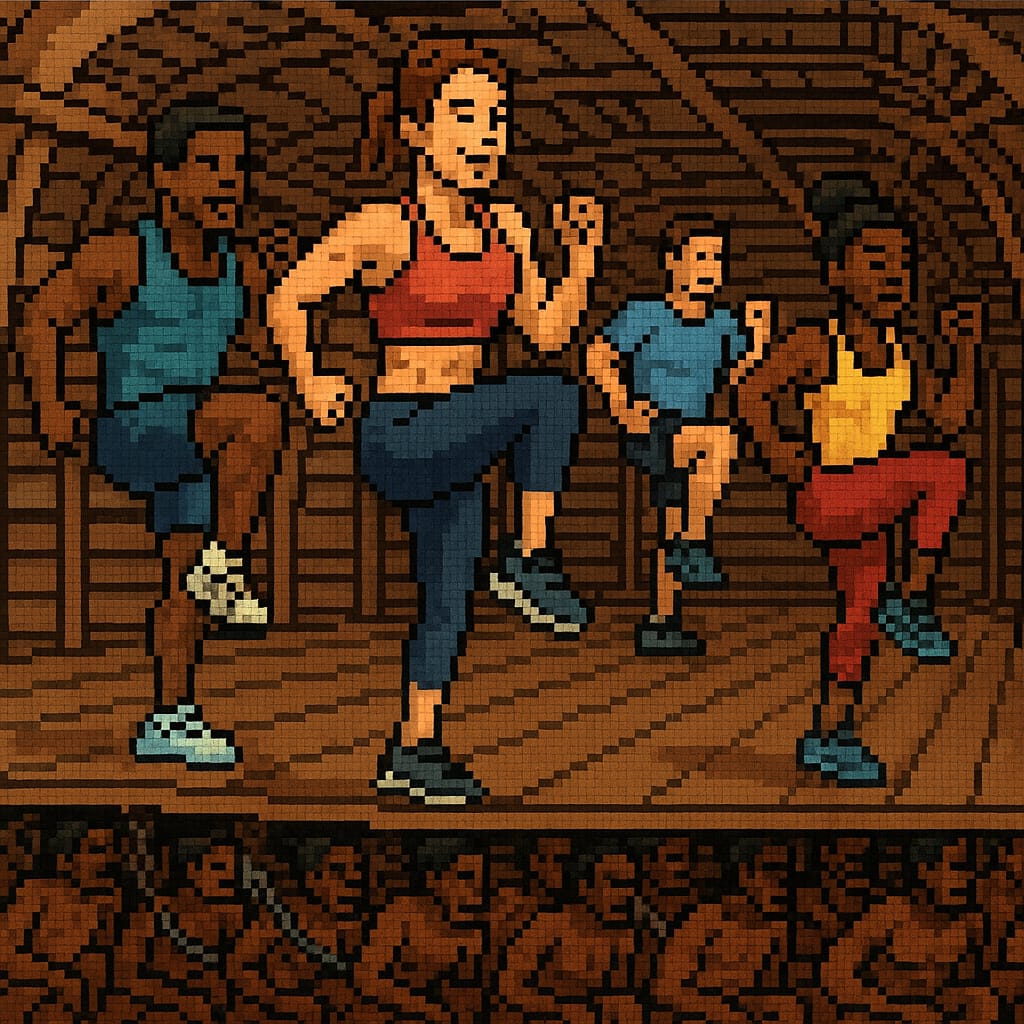Where I come from, local healers and shaman-priests, now driven underground, are still revered in small whispers. In hesitant rumours. They may not hold the same prestige or know the same honour their fathers and mothers knew – no thanks to the colonizing interruptions of modern cities – but they bear in their bodies the faint logic of a strikingly different way of being with the world: a recognition that the world is intimately small and entangled; a deep respect for the nonhuman world; and, perhaps most critically, a vital connection to edges.
Even though the shaman/herbalist is central to the proper working of the community, his hut is never situated in the centre of the village. The sacred is not convenient or user-friendly. On the contrary, his abode is situated at the circumference of the community. At the edges of things. It is therefore difficult to approach the healer – especially the powerful ones. One simply does not come lightly to the presence of a fierce arbiter between many worlds. One must tiptoe, gently consider and reconsider the motivating questions behind a problem, and then come to the healer prayerfully.
This social-physical architecture that privileges edges is not whimsical or arbitrary. At edges, things end and other things begin. At edges we leave behind the familiar and venture into the generativity of the otherwise. At edges, even with the urgent matters confronting us, we slow down. We learn new questions and unlearn previous patterns of framing our problems. At the edges we meet ourselves for the first time.
In our time, such deep wisdoms have been eradicated. We are all busy and there are no more edges. Our modern lives are crowded with so much, and yet they feel empty and bereft of meaning. Our political configurations spawn fleeting heroes that last only as long as the time it takes to reach the voting booth. Our economic logic privileges a few and scorns the contributions of the many. Our resolve at solving climate change, poverty, ecological devastation, war and terrorism, racism and sexism tends to repeat the same parameters we struggle to escape – thus reinforcing the same and postponing the otherwise. Stitched through the fabric of our lives is the promise of transhumanism (or hyper-humanism) – the suggestion that we are unique, that we can change the world, that we can achieve a level of technological sophistication, biological longevity and emotional transcendence, if only we keep doing what we are doing. Only faster.
But that is not the only potential alive in these eerie times of Brexit, Black Lives Matter, Bannon, Boko Haram and Bitcoin. We are beginning to notice the edges we supposedly eradicated when we started our project of flattening lands. We are seeing that the edges have roamed, like a murmuration of starlings painting the skies. In a manner of speaking, they have come to the middle. And they come with a stunning invocation: the times are urgent, let us slow down. Let us recognize that we are complicit in the creation of the very problems we try to externalize and fix. Let us notice that there is no easy resolution, and that we are necessarily part of a web that disturbs our claims to independence, to solutions, and to superiority. Let us meet the monsters in the wilds beyond our fences and learn another way of framing the problems that trouble us. Let us wait in silence longer than we are used to, and meet the universe halfway.
















